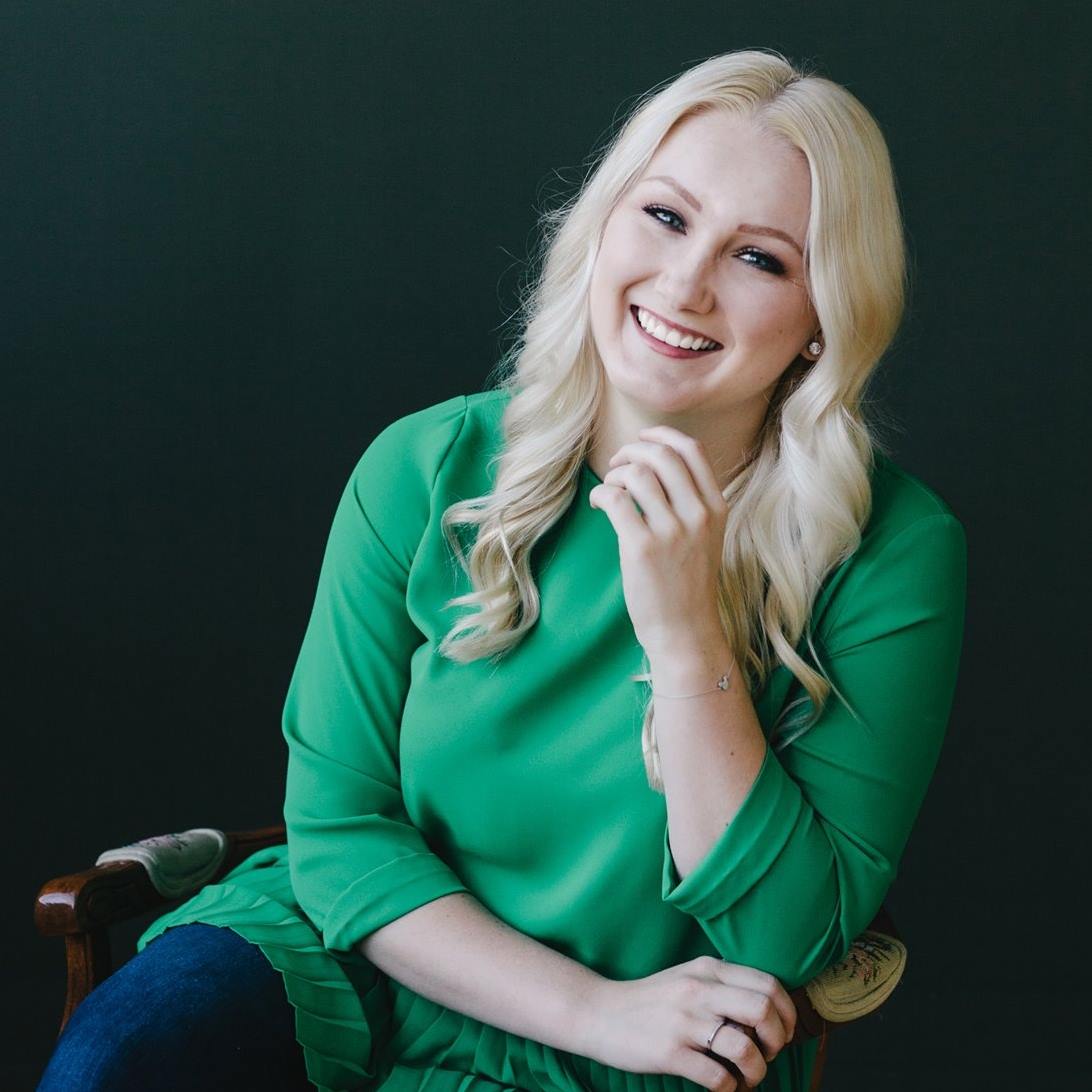The Autistic Patient and Dental Care
Are you “The Good Doctor” to special needs patients?
Currently playing on ABC television is a popular show called The Good Doctor. It is the fictional story of Shaun Murphy (Freddie Highmore), a young surgeon with autism and savant syndrome who relocates from a quiet country life to join a prestigious hospital’s surgical unit. Alone and having difficulties connecting with people, Shaun uses his extraordinary medical gifts to save lives and challenge the skepticism of his colleagues. Though fictional in the storyline the show and the performance of the actor Freddie Highmore have drawn attention to the spectrum of autism allowing the observer of the show to learn more about the condition and to be more understanding of the plight of the autistic and the autistic savant.
Most of us know someone or have a friend or relative with a family member with autism. The condition is often shrouded with misconceptions and fear.
Where do they go for dental care and how is it managed in the practice?
According to Behavior Therapist, Jeanne Dameshghi, http://dentalresource.org/topic55autistic.html , these special needs children and adults in the spectrum are taught to brush their teeth by their therapists if it is a skill deficit. They are taught to tolerate someone brushing their teeth and are taught to brush their own teeth using visuals, tracking the steps with something called a “task analysis”. The visuals for the patient would involve pictures of each step, and determining how much help they need doing them, or if they can do it independently. Often children on the autism spectrum have fine motor deficits and sensory processing issues. For example, it may be difficult for them to hold a string of floss and coordinate flossing, even as they get older. Modifications are often needed to bypass these deficits to practice good hygiene. Flossers are good, water pics better.
Hygienists and Dentists may need to be reminded to keep offering modifications to their patients who need extra assistance with the goal that they are able to brush their teeth independently one day.
Children who have not been prepared for the encounter may need four people to hold them still so that the dentist can look at their teeth. Therapists work on tolerating, waiting, and other dental themes months in advance of an appointment. Sometimes parents give up (they just want it done!), and have the dentist use a sleep or other anesthesia so they will be still for a cleaning. These kids will have this done for the rest of their lives.
Dentists could help by having “preferred items” movies, weighted blankets, stuffed animals, “fidgets” to put in their hands so they can squeeze and squish, lower the lights or give them sunglasses.
Dentists could modify a whole room for special needs patients if they wanted to create a niche. They could reach out and co-treat with an occupational therapist. This would be unprecedented and very appreciated by the community of families with special needs children- or children who don’t like the dentist in general.
Dentists can modify their approach to “young” (chronologically or developmentally) special need clients by:
- Having a step by step visuals to prep client for home care and for a dental cleaning.
- Making a step by step visual or list for the parents as well
- Modifying to physical and sensory deficits: Waterpik, flossers, less sharp-tasting toothpaste (have them smell and pick) (Occupational therapists can assist in teaching how to grip and coordinate)
- Having an exciting prize box after the appointment (make sure they know they will get a prize related to getting their teeth cleaned and checked)
Oral Motor Vibration for Sensory Motor Needs
The Vibra Chew https://funandfunction.com/vibra-chews.html is a tough chewy that encourages sensory integration for mild to moderate chewers and biters. Tactile ridges along the flexible vibration stick provide an oral motor workout. Use with or without vibration to reach deep into the back of the jaw or to massage facial muscles. It’s a perfect addition to a speech pathologist’s toolkit.
- Use to minimize chewing, biting and grinding
- Supports children with oral sensory needs who need deep, heavy mouth work
- For moderate chewers
- Made by Fun and Function
- Age 3+
Here is a toothbrush to help desensitize the feeling of a toothbrush in your mouth (copy/paste) https://funandfunction.com/nuk-massage-brush.html
https://www.autismspeaks.org/docs/sciencedocs/atn/dental-toolkit.pdf
https://www.autismspeaks.org/family-services/tool-kits/dental-tool-kit
Serving those with special needs is such a worthwhile cause and a true act of love.
Dental Billing Tips and News for Pros; Edition #132







0 Comments